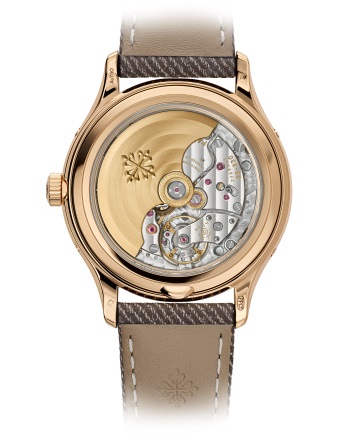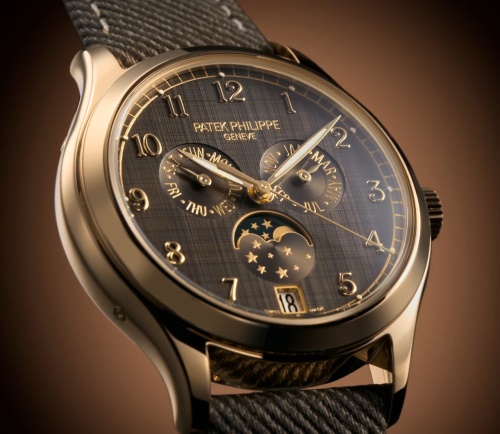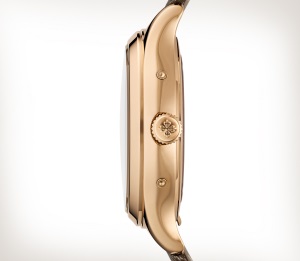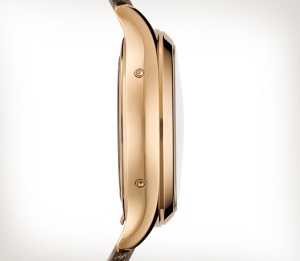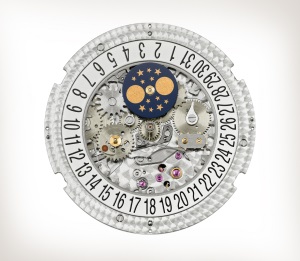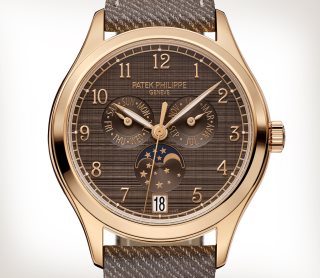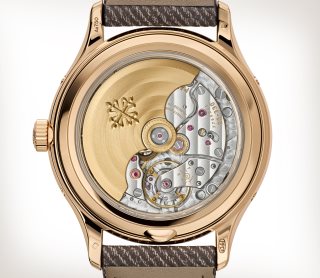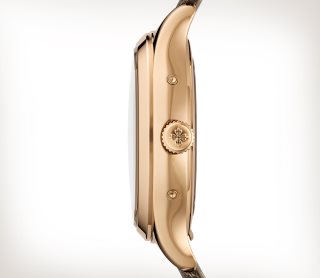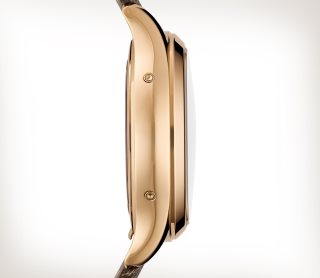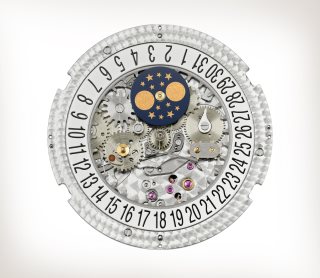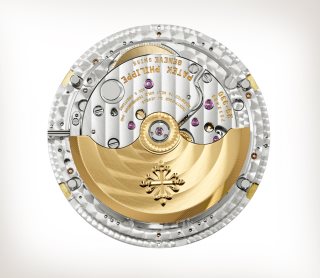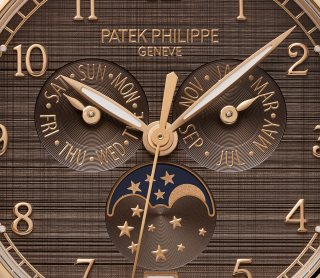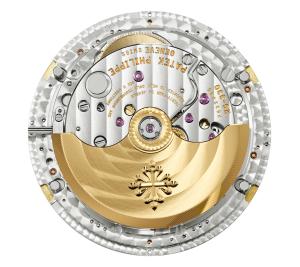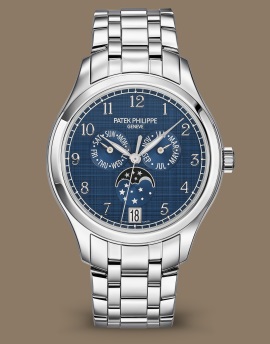Introduction
4946R
-
Complications
Self-winding
Patek Philippe's famous Annual Calendar appears in a new, non-gemset rose gold model with a 38 mm diameter suited to all wrists.
The warm glow of rose gold is elegantly combined with a brown dial enhanced by a double vertically and horizontally satin-brushed finish reminiscent of shantung silk fabrics. The brown calfskin strap with denim pattern and contrasting cream stitching is fitted with a rose gold prong buckle.
Invented and patented by Patek Philippe in 1996, the ingenious Annual Calendar mechanism displays the day, date and month, requiring only one manual correction per year, at the end of February.
